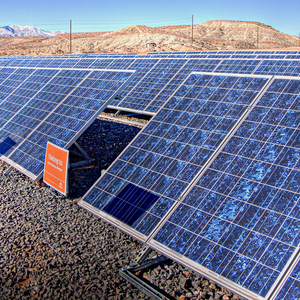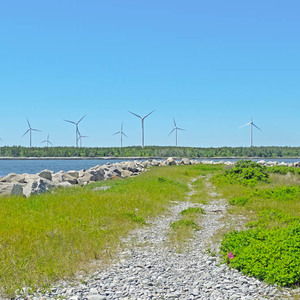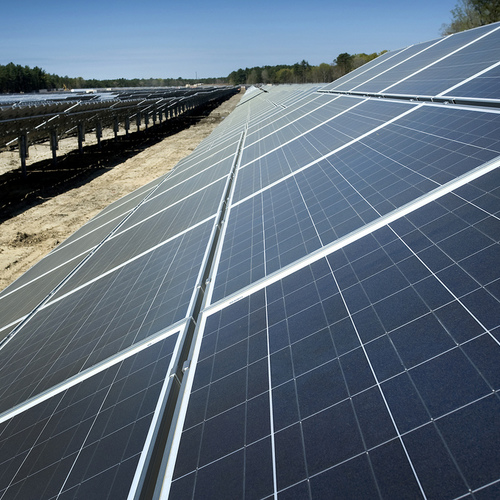
Hundreds of coal-fired power plants went off line in the last decade while renewable energy continued to gain ground and for the first time this year, renewables will provide more electricity than coal, according to a new forecast from the U.S. Energy Information Administration (EIA).
EIA predicted that total electric power generation will fall by 5% in 2020 as a result of the coronavirus pandemic. Coal generation will drop by 25%, natural gas generation will remain flat, and renewable energy sources are expected to grow by 11%.
The EIA cautioned that forecasts are “subject to a high degree of uncertainty,” but it said wind capacity would grow by 20.4 gigawatts, and utility-scale solar will increase by 12.7 gigawatts during the year.
Renewable energy is expected to be the fastest growing source of electricity generation in 2020.
Despite the government’s pledge to keep the coal industry going, its share of the overall electricity market has been falling steadily as coal becomes less profitable and other sources of electricity get cheaper. In 2014, just six years ago, coal accounted for about 40% of total electricity generation in the U.S., according to the EIA. That has declined ever since, to 24% in 2019 and a projected 19% of the total this year.
Over the same time frame, renewable sources of electricity, including hydro power, have grown and are expected to top 20% this year.
In an article explaining the trends, The New York Times said more than 200 coal-fired power plants have been closed over the last decade, from 580 operating plants in 2010 to fewer than 350 in 2018. Another 40 or more have announced they will close or lower output in the next five years.
At the same time, the cost of building wind farms fell by more than 40% and the cost of solar electricity declined by more than 80%.
The ongoing coronavirus pandemic is helping to accelerate coal’s decline. With factories, retail stores, and restaurants closed or operating at reduced capacity, the demand for power also has been lower. Utilities are cutting back on coal-generated power because coal plants cost more to run than renewable sources or power plants running on natural gas, the Times said.
Jim Thompson, an analyst at IHS Markit, told the newspaper, “The outbreak has put all the pressures facing the coal market on steroids.”
But as coal declines, the air gets cleaner. Carbon dioxide emissions are down 15% since 2005, and are expected to go down another 11% this year, the largest decline since at least 1949, the EIA said.
In a report issued in March, the Institute for Energy Economics and Financial Analysis said the transition away from coal appears to be gaining speed. In February, coal-fired generation produced the lowest monthly total of electricity in at least 10 years—just 54.7 million mega-watt hours—to fall below renewable sources.
“While coal is declining, both gas and renewables are ascending, indicative of a new normal in electricity generation,” the analysis said. The institute predicted that coal could potentially account for less than 10% of total electricity generation by 2025.
The report added, however, that there is still strong political support for coal in some parts of the country. Lawmakers in Wyoming, Indiana, and Ohio, for example, recently passed measures intended to keep coal-fired power plants in those states operating.
“None of these initiatives make economic sense,” the report says, “all are out of step with market forces, and none will have more than a stopgap effect.”
Scott Gibson is a contributing writer at Green Building Advisor and Fine Homebuilding magazine.
Weekly Newsletter
Get building science and energy efficiency advice, plus special offers, in your inbox.















2 Comments
Thanks for a great update, Scott. It feels good to know that many of us have been promoting a more sustainable way of designing and building homes for a long time. I always said that whether the earth was going to freeze or burn, we should do better for ourselves, other living beings, and the environment.
Maybe we are at a turning point. Maybe Covid-19 has showed us that the planet has the potential to regenerate itself in ways we didn’t see before. I hope this “earth break” has taught us something good, and that we should change our ways even more.
On one hand, it's nice to see progress. On the other, coal should have been gone years ago. Not only does it pollute badly, it stands in the way of more electrification (the lack of which which persists for decades).
Log in or create an account to post a comment.
Sign up Log in